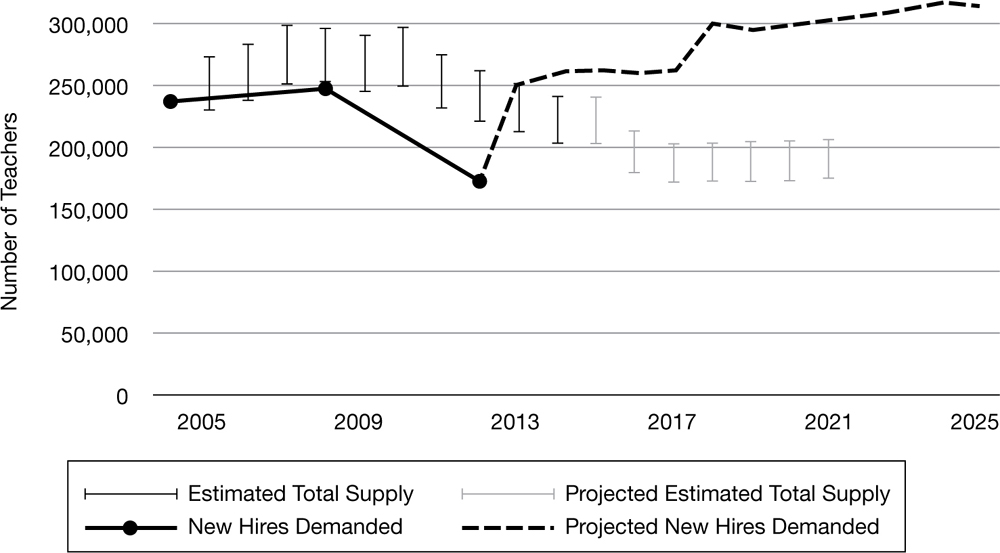PART III
EMPOWERING TEACHERS
It’s easy to assume that changing the educational system involves a monumental leap, dictated from the top down, or to assume that without everyone’s buy-in, nothing will happen, even with grassroots support. This can paralyze us with doubt. However, as explained in Part II, we can make meaningful change in large complex systems by nudging around the edges. The teacher leadership movement is demonstrating that we can change the system from the classroom up (York-Barr & Duke, 2004; Wenner & Campbell, 2017).
Teachers are uniquely positioned to recognize needs and promote change in schools because we know our students and we understand the complexities of teaching and learning (Mangin & Stoelinga, 2008). Research has demonstrated that teacher leaders contribute to school leadership capacity by cultivating teacher collaboration,
modeling and sharing best practices, promoting professional learning, and supporting differentiation and content area needs. Teacher leaders are advocating for changes in policy at all levels of government. The 2016 National Teacher of the Year Jahana Hayes (CT-05) was elected to Congress in 2018. She is the first Black Democratic woman elected to Congress from Connecticut. When asked why she decided to run for office she said, “I think we’re in a critically important time. And it’s going to require regular people, community people—the people that are most affected by decisions that are being made—for us to stand up and make our voices heard” (Herndon, 2018).
To be clear, I recognize that this is no easy task; school bureaucracies can be bogged down by inertia and red tape. But sometimes the system needs a wake-up call, and we are in the midst of a big one right now: the teacher shortage. Teachers are voting with their feet. In 2016–2017, 69% of districts surveyed reported that a shortage of candidates for open positions was “a big challenge.” This was more than double the number reporting the same struggle in the 2013–2014 survey (American Association for Employment in Education, 2017). Due to population growth, the demand for teachers is increasing, and the concomitant decrease in the number of students choosing to enroll in teacher education programs is accelerating the increasing demand for new teachers (see Figure III.1; Sutcher et al., 2019).
FIGURE III.1 Projected Teacher Supply and Demand
Source: From “Understanding teacher shortages: An analysis of teacher supply and demand in the United States” by L. Sutcher, L. Darling-Hammond & D. Carver-Thomas, 2019, Education Policy Analysis Archives, 27, p. 21. CC-BY-SA.
This demand and the cost of the shortage gives existing teachers, many who already have years of experience, greater value, creating a key opportunity for these teachers to step up and claim a larger role in school leadership and reform. Teachers are already taking on this challenge and building opportunities for themselves and their colleagues to contribute to meaningful changes that can improve our schools and our working conditions. In Part III, I will describe the ways educators are cultivating leadership, collaboration, and empowering students.
